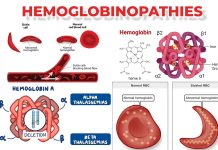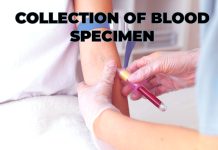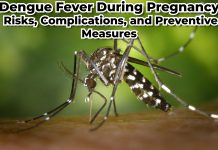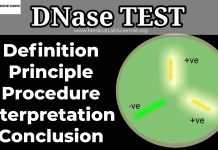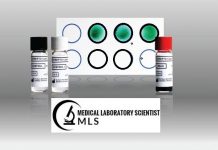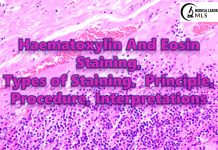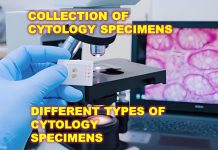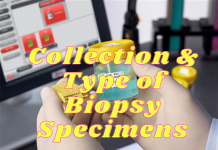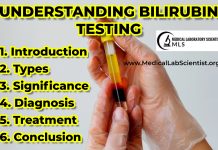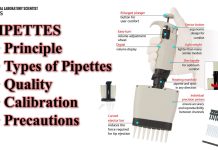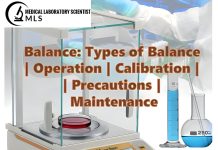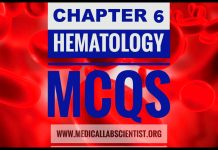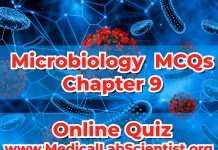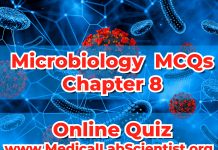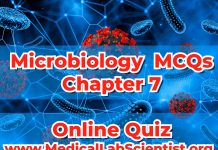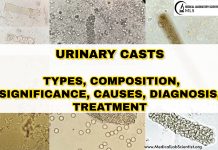Specimen:
Specimen include urine, pus, faeces, cerebrospinal fluid (Infants), and blood for culture or depending upon site of infections.
Morphology:
E.coli is a gram negative usually motile rod. A minority of strains are capsulate.
Cultural Characteristics:
Escherichia coli is an aerobe and facultative anaerobe. Optimum Temperature for the growth of E.coli is 36 – 37 ºC with most strains growing over the range 18 – 44 ºC.
Blood Agar:
Colonies of E.coli on blood agar 1 – 4 mm diameter after overnight incubation. Colonies may also appear mucoid and some strains of E.coli is hemolytic.
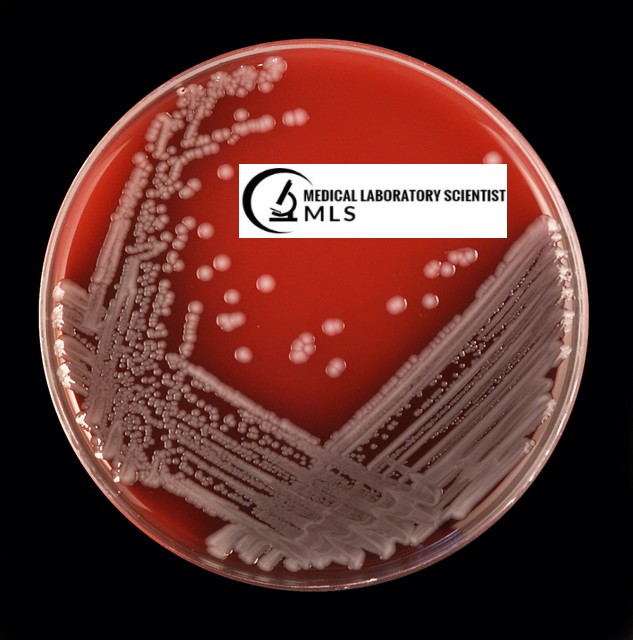
MacConkey agar:
Escherichia coli ferment lactose. They produced smooth pink color colonies on MacConkey Agar. Some Strains of E.coli are late or non-lactose fermenting.

CLED Agar:
They produced yellow colonies on Cystine lactose electrolyte deficient (CLED) agar.
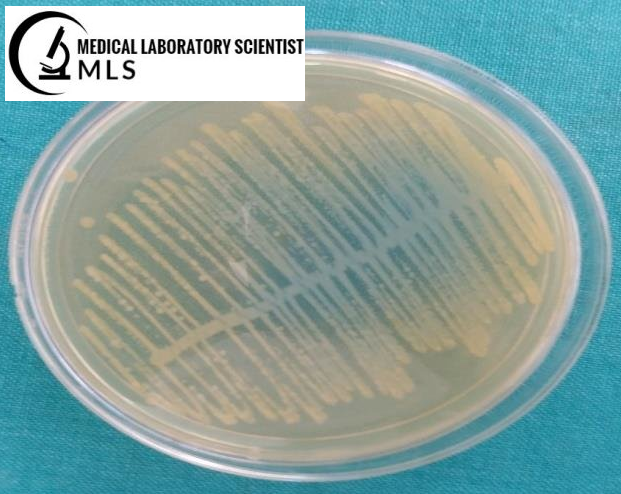
Sorbitol MacConkey Agar:
All strains of E.coli and other enterobacteria ferment sorbitol except E.coli (VTEC) 0157 in non-sorbitol fermenting. E.coli (VTEC) 0157 identified by latex reagent testing.
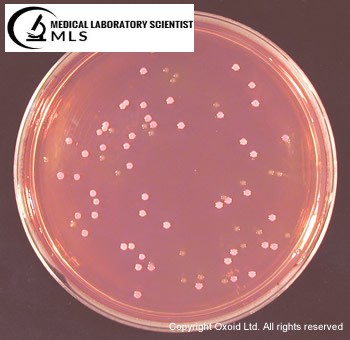
XLD Agar:
E.coli strains produced yellow color colonies on Xylose Lysine Deoxycholate agar (XLD agar).
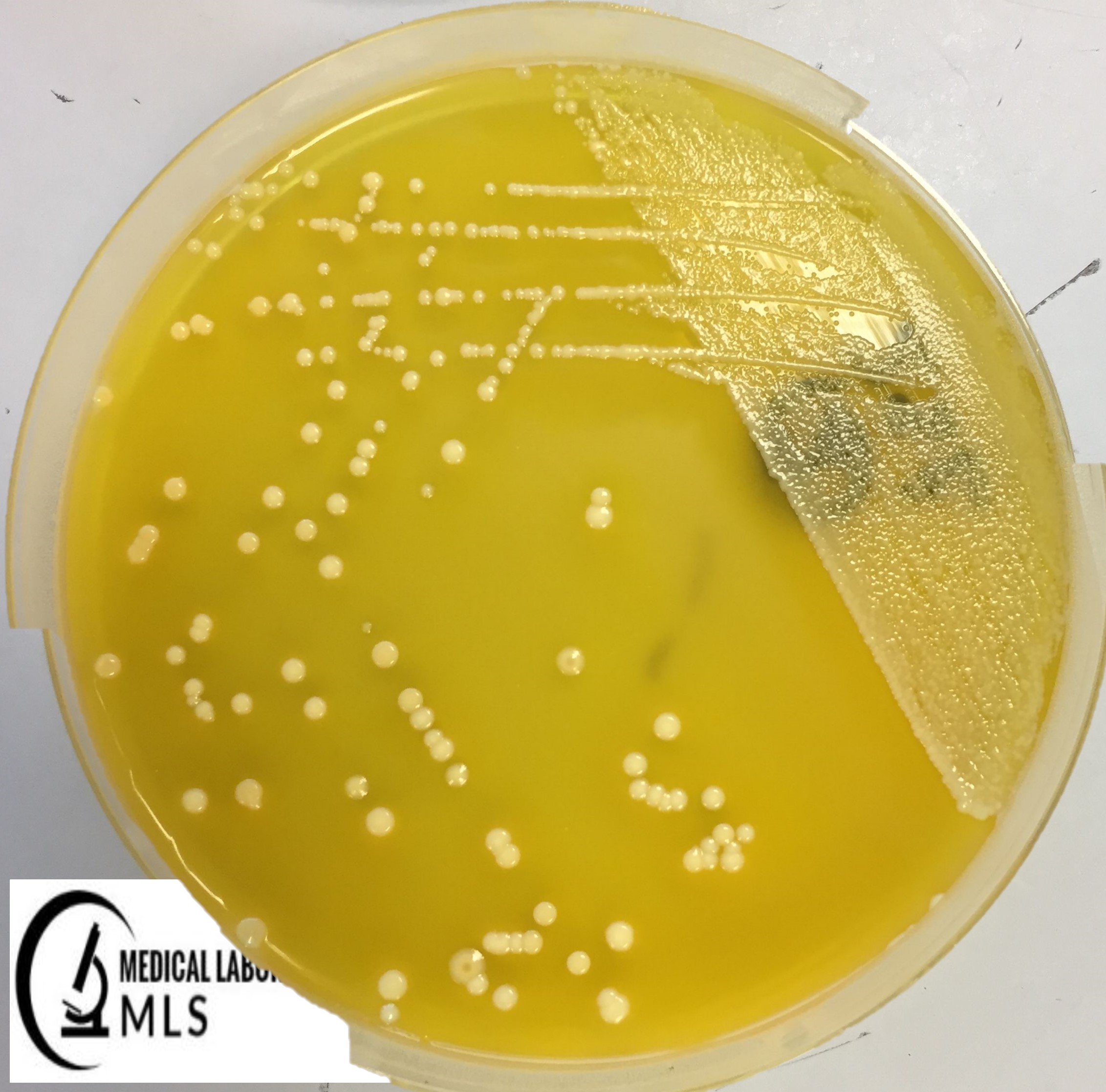
KIA (Kligler Iron Agar):
E.coli produce and acid deep and an acid slope with gas production and no H2S blacking.
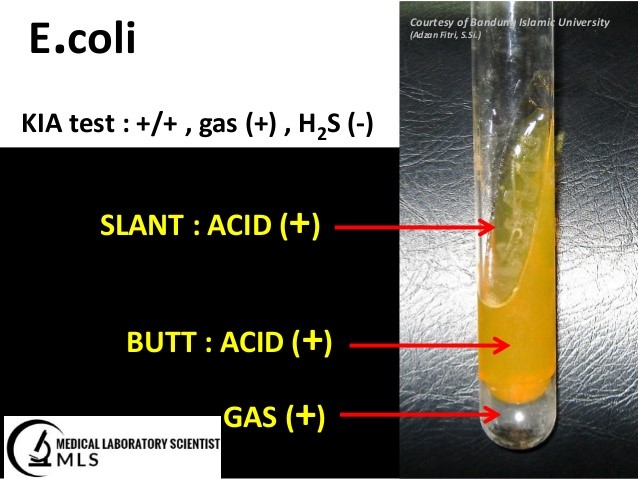
Biochemical Reactions:
Most Strains of E.coli:
- Lysine decarboxylase (LDC) positive.
- Indole Positive
- Beta-glucuronidase (PGUA) positive ( E.coli 0157 is PGUA negative).
- Reduce nitrate to nitrite, urine nitrite test positive.
- Citrate negative.
- H2S negative.
Antimicrobial susceptibility:
E.coli strains are sensitive to:
- Sulphonamides
- Trimethoprim
- Cotrimoxazole
- Nalidixic acid
- Nitrofurantoin
- Tetracycline
- Ampicillin
- Amoxycillin
- Cephalosporins
- Aminoglycosides



